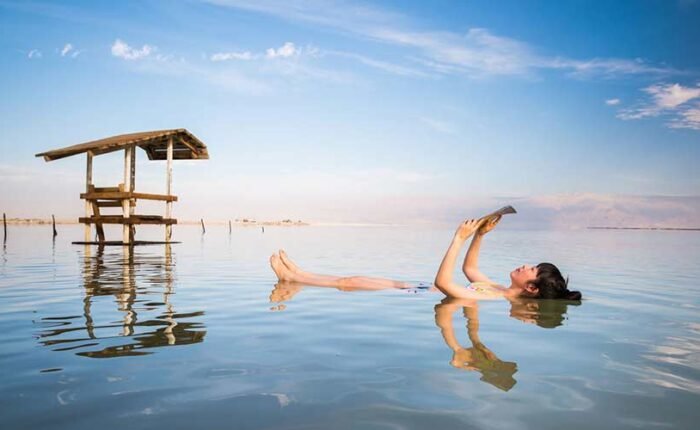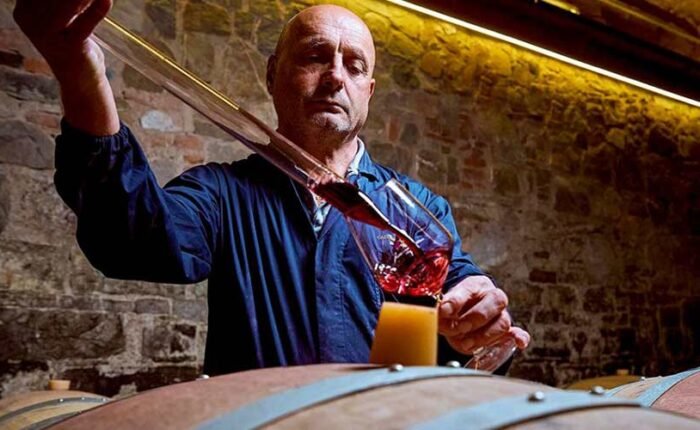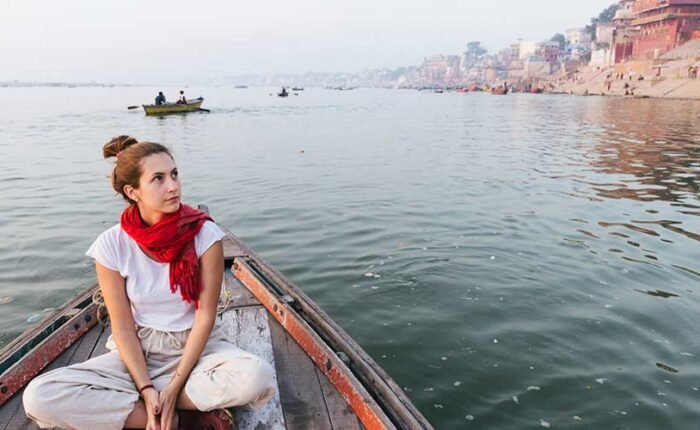The major Temples inside the walls are ChampaLakhang (God House) which houses the massive 45 ft. statue of Maitreva, the future Buddha, The red ThugchenGompa with several large images of Sakyamuni, Avalokitesvara and Maitreya, and the ChyodiGompa of the Sakya sect which has several monks in residence and is the site of the annual Mani Rimdu festival in many which is referred as ‘tegi’ in Lomanthang. They are all supposed to have been built in 1420. Despite the apparent squalor of Lo Manthang, the city is prosperous and maintains a strong sense of community. Though the people call themselves Lobas- people from Lo, they are very much Tibetan and practice a sophisticated culture and economy.The King’s palace is an imposing 4 – storey building in the center of the city. It is the home of the present king – JigmeParbalBista. The Honorary title “Bist – a high caste title in Nepali” was conferred by the King of Nepal. Though his duties are largely ceremonial, he is respected by the people and consulted about many issues by villagers throughout Lo.Ride from Lo-Manthang to neighboring village for the sightseeing tour. However, everyone is required to mount and dismount outside the city gates as only the King may ride a horse within the city walls.After a leisurely breakfast, we get ready for the days adventure. Today we are going to visit one of the most interesting sites of the pre human settlement in this unexplored valley. The most interesting thing will be we will be riding on a bike back to this beautiful site of Chhoser village. Since it is located near this village of Chhoser and so, famously known as the Caves of Chhoser. Beside these interesting caves it is also famous for the magnificent landscape and Nymphumonastery built on the cliffs. On our way back we can also visit the Namgyal village and monastery.The journey begins from the main walled city of Lo-Manthang and descends at the northeast end of the village to the river and then climbs to the other side of the valley. As you leave the walled city behind the landscape and vista slowly changes and become more beautiful and open in the aired high altitude desert. The journey on the motorcycle back will take you through the sparsely scattered settlement and agricultural farm lands and the never ending horizons of the rolling hills of the southern Tibetan plateau.As you approach the Chhoser village, you could see numerous caves in the front of the cliff that once use to be the home of the pre historic Loba’s and the monks. Cross the river and drive a little further towards the village where the horse / horseman will come to a stop. From here it’s time to walk towards the Cave, make sure you carry some money with you as they charge roughly about two hundred fifty Nepalese rupees. The Cave keeper, usually a monk, will come with the keys to assist the guest who have come to visit the caves. After the caves, we then visit the monastery nearby.After the sightseeing tour, we ride back to the city of Lo, on the way back we can also drive to the Namgyal village and monastery for the sightseeing and then finally back to the lodge form hot lunch.Rest of the day at leisure or free to explore the walled village.Overnight at Lo-Manthang






